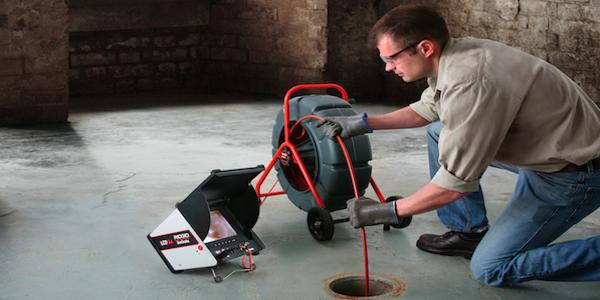A literal interpretation of its name tells you that a sump pump is simply a pump in a sump pit, which is quite accurate. A sump pit is a drainage excavation for collecting floodwater and it is usually located in the basement of a house. The sump pit accommodates the mechanical device that is used to pump out or remove excess groundwater after a heavy storm. Flooding occurs when ground water rises past the surface due to excess precipitation. For areas with a high water table, heavy storms usually cause groundwater to seep or rise past the foundation thereby flooding the basement. In such areas, sum pumps are critical installations because they remove the water automatically after sensing the increased pressure. And it’s also important to note that one sump pump is not enough for your home. Read on to learn why.
Main And Backup Sump Pumps
Most houses have a main sump pump buried away in the depths of the basement. Some people do not even know that they have one. Main sump pumps are usually installed during construction as part of the storm drainage system in the plumbing system. Although they are quite functional in nature, main sump pumps have one major downside. They are powered by electricity from the main house. The problem is that heavy storms go hand in hand with power blackouts or outages. The intensive precipitation showers coupled with violent lightning flashes usually result in total electrical failure. This means that while the thunderstorm continues ranging, there is no pump to remove the accumulating flood water in the basement. That is why you need a backup battery powered sump pump to replace the main pump in case of a power outage.
Flooding Hazards
You might not be aware of this but flooding is very hazardous and destructive to a building. After the basement floods, the whole house becomes damp and very cold because the excess water absorbs all the heat from the interior environment. But the coldness is just but a minor concern. The real problem lies in the foundation. The seeping water permeates and weakens the house foundation and this can result in severe damage to the structural integrity of the building. As the flood level rises, the water eats away at the floor and wall paint and any other coatings or coverings causing the paint to peel off and other items to corrode and decay.
Choosing A Sump Pump
There are two main types of sump pumps: submersible and pedestal. Submersible models are installed underground inside the sump pit. Submersible sump pumps are mainly used as the main pumps and they usually have more horsepower. They are also relatively quiet because they are usually buried and covered, hence less noise pollution. Pedestal sump pumps on the other hand are usually placed on the surface. They are especially appropriate for narrow sump pits. But although they are easy to install, pedestal sump pumps are not as powerful or as long-lasting as submersible models. They are also very noisy due to their exposed deployment.
Maintenance
Submersible sump pumps are quite hardy and durable unlike the pedestal models. The only problem with submersible models is that they are not as easy to install, repair, and/or maintain as the pedestal pumps. Buried beneath the ground and sometimes covered with concrete, these devices demand a lot of work before being accessed. For professional drain services in DC, you should always hire a certified plumber to fix your sump pump issues.




